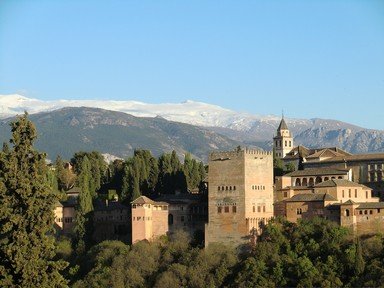Quiz Answer Key and Fun Facts
1. Although no one knows for sure where the name Madrid comes from or when exactly the city was founded, one legend states that city was named after which plant that can be found in the nearby forests and is called "madrono" in Spanish?
2. Madrid was controlled by the Moors and other Arabic people from the mid 9th century to 1085 when they were conquered by which Spanish king on his way to take Toledo?
3. The marriage of Ferdinand and Isabella in 1469 forced the cooperation of which two houses of the Spanish Kingdom?
4. Which classic novel was first published in Madrid in 1605? Statues of the main characters have stood in the Plaza de Espana since 1925 but were completed decades later.
5. Construction began on the Royal Palace of Madrid in 1738 on the orders of which Bourbon monarch, whose claim to the throne in 1701 started the War of Spanish Succession?
6. The Dos de Mayo Uprising was result of the French occupation of Madrid (and other cities) which was a violation of which treaty signed in 1807 by Charles IV of Spain and Napoleon Bonaparte?
7. Which Spanish art museum was built in 1819 and displays many pieces of art by Francisco de Goya and Diego Velazquez?
8. The deadly worldwide flu pandemic that began in 1918 and ended in 1920 is called the Spanish Flu because it originated in a poorly cleaned hospital in Madrid.
9. Which man led the Nationalists during the Siege of Madrid which lasted from 1936 to 1939?
10. The 2004 Madrid Train Bombings that occurred on March 11 three days before what event?
Source: Author
Joepetz
This quiz was reviewed by FunTrivia editor
bloomsby before going online.
Any errors found in FunTrivia content are routinely corrected through our feedback system.

